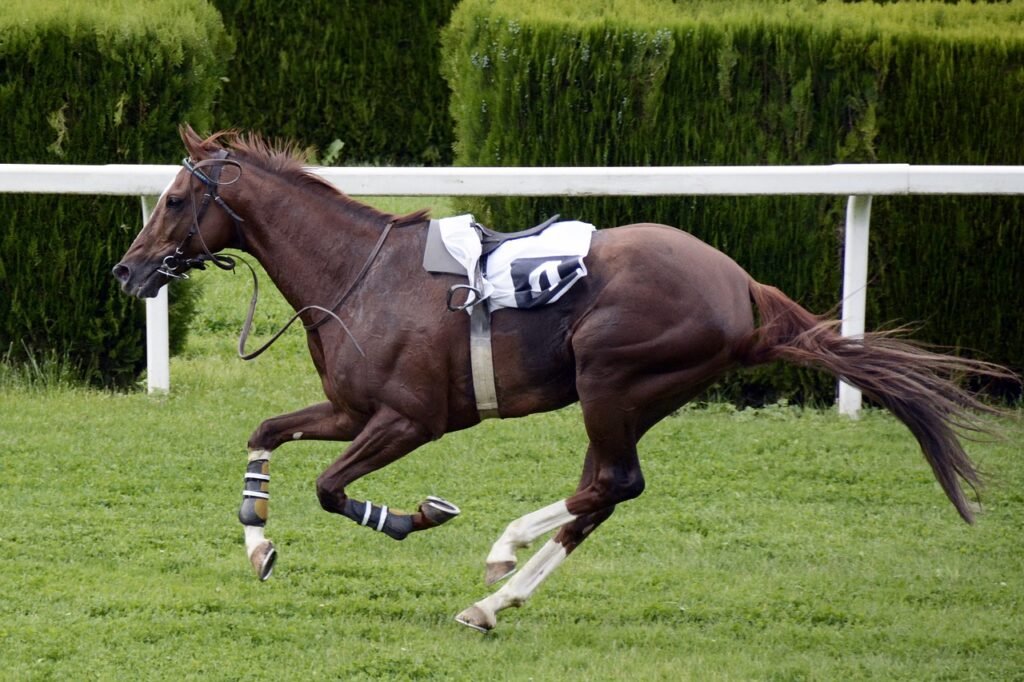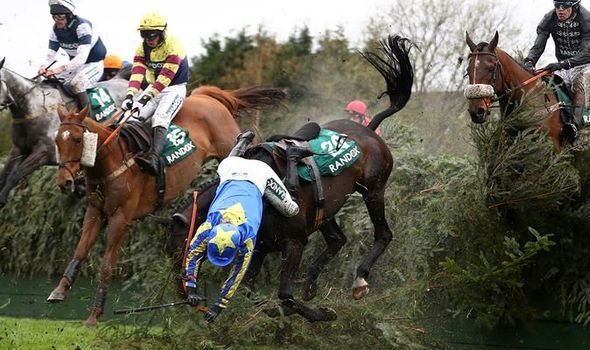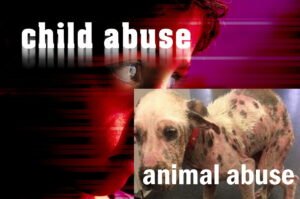Another year, another Grand National, more drama and spectacle, but this year the added excitement of an Animal Rising invasion and protest, probably the first of many to come. It is a surprise it hasn’t happened before, but what did it achieve and what did we learn from the reaction to it?
We learned that the protestors perhaps need to increase their security to make sure their plans do not leak out if they are to be successful. There is a lot to be said for the good old surprise attack. But in retrospect the course invasion by Animal Rising was possibly counterproductive as it deflected media and public attention away from the welfare aspects and gave many people the opportunity to blame them for everything that went wrong during the event.
We discovered that the police are more zealous at removing protestors from a race meeting than they are in removing them from blocking our motorways causing ten of thousands of motorists misery and annoyance and damaging our economy. We now know where our priorities lie.

Futile Investigations.
It proved that the numerous futile investigations by the Horse Racing Authority, RSPCA, League Against Cruel Sports and others over the last decade and their various so called improvements have had no effect in reducing the suffering of horses. Most commentators are transfixed on the number of deaths caused but it is the number that do not finish and the punishment they suffer which is the crux of the problem.
The 2023 race resulted in 17 finishers and 22 casualties including two deaths, two seriously injured taken away by horse ambulance; one of them Cape Gentleman had surgery on a severed tendon and has had to be retired and the other Recite a Prayer had a fractured eye socket. Ten others pulled up unable to survive the strain and the others fell and unseated their riders. On average 60% of the field do not finish. All are caused trauma.
We learned that their is no middle ground for negotiation with both sides beliefs so far apart and entrenched. The protestors were variously described as hypocritical, ignorant, publicity seekers and doing it for their own gratification and not the welfare of the horses. All those with an interest in the sport accuse everyone else of not understanding while they have no interest in understanding the protesters viewpoint. Or as one petulant owner commented “It’s our sport and we love it, so there.”
“It was all caused by these so called animal lovers who are actually ignorant and have absolutely no idea about the welfare of horses.”
Sandy Thompson, Trainer to BBC Sport.
Protesters blamed for everything at Grand National.
Everyone connected with the race were quick to blame the protestors for everything bad that occurred. They were generally blamed for “compromising the horses welfare” by making them wait longer in the sun. Sandy Thompson trainer of Hill Sixteen who died at the first fence with a broken neck was quoted as saying the number of horses falling in the race “points to the fact they were unsettled by the delay.” As about 60 per cent of horses in every Grand National fall or never finish this must mean they are always unsettled which is not a good state surely.
He specifically blamed the protest for the death stating the twelve minute delay caused the horse to hypo-ventilate in the parade ring. Of course, even if this was so, he could have withdrawn it if he was worried, but didn’t.
A lady had her leg crushed by two unseated terrified horses which careered into her blamed it on the protestors who by their presence had stopped her from being able to leave. A rather tenuous link perhaps.

“extinction of the most majestic domesticated species on earth“
Many inane comments and statements made by those involved in the sport many of who were interviewed during the twelve minute delay have probably incensed the campaigners even more. One suggested: “Let’s give 20 horses to the protestors and see what they do with them, take them home and put them in their gardens?” and another: “Horses have a purpose in life, just like us all. Unfortunately, when people go to work, sometimes bad things happen.“
The rather overwrought Racing Post believed the “cabal of extremists” were hell bent on the “extinction of the most majestic domesticated species on earth,” and believed most people accepted the odd fatality in the cause of enjoying “the high-octane sporting event.”
Jockey’s Bob Champion and Peter Scudamore suggested the protesters would be appeased if they visited racing stables to see how well looked after the horses were, completely missing the point that the protests are what happens after they leave the safety of their stable. Most agreed they were attention and publicity seekers who knew nothing about horses and should keep their noses out of it.
No serious will to improve welfare.
Everyone knows what is required to improve the race, but are not willing to drastically reduce the number competing by a half, reduce the number and size of fences and the actual length of the race. Only 23 horses compete in the Scottish Grand National. But of course if this was done it would no longer be a pageant or spectacle just another horse race and no one wants that do they?
What the protest certainly achieved is a lot of vitriolic debate and childish name calling. And for all the wrong reasons many people will be looking forward to the next instalment in 2024.


